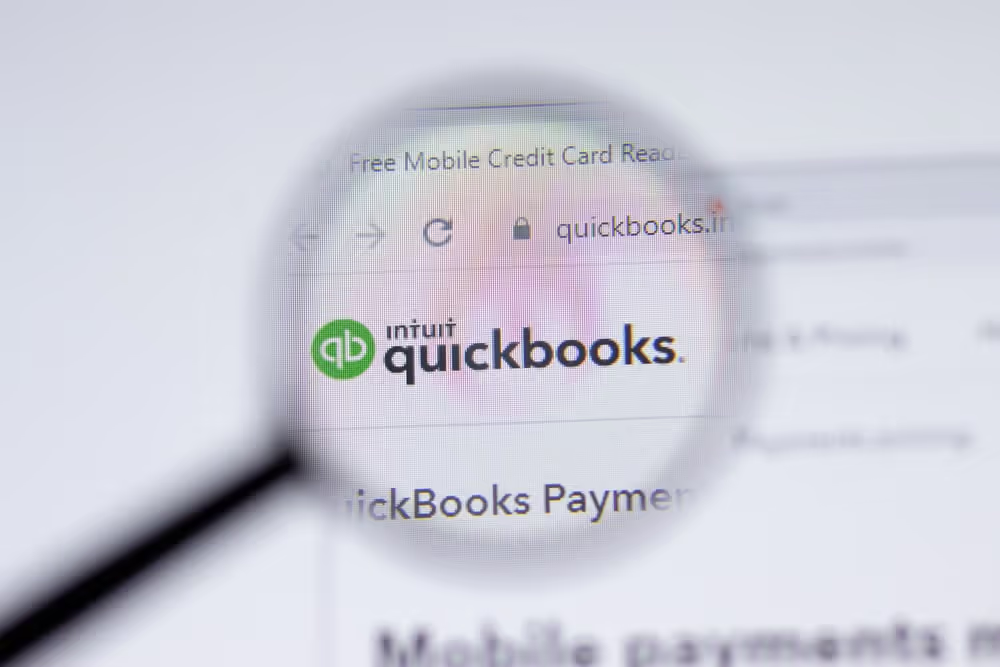Letter 6419: What It Is and Why You Need to Hang onto It
You’re probably quite familiar with the tax documents you receive each year. Depending on your sources of income, you likely know to expect forms like 1099s, W-2s, and others that you receive every year. But this year, you’ll likely be receiving a new, additional document from the IRS for your tax return: Letter 6419. Here’s what you need to know about this form and why it’s important that you hang onto it.
What Is Letter 6419?
In 2021, most parents received a source of income that was brand new: the expanded child tax credit. Letter 6419 is a statement from the IRS showing how much you received in those advanced child tax credit payments last year. It will also list the number of qualifying dependents that the IRS used to calculate the total credit amount you received.
Now, you might be thinking, “Why do I need a letter from the IRS for the tax return I’ll send to the IRS?” As redundant as this process sounds, Letter 6419 is simply your opportunity to double check the IRS’s math and ensure you received the correct amount in advanced payments last year.
What’s Likely to Be Incorrect?
How likely is it that the IRS calculated your advanced child tax credits incorrectly? The odds are actually pretty low—so long as your number of dependents didn’t change. However, if you had a baby since you filed your last tax return, for example, you would have one more qualifying dependent than what the IRS has on their records. This would mean that you’d qualify for additional child tax credit payments.
Why Should You Hang onto It?
As with any tax form, it’s important to hang onto Letter 6419 as a proof of your income. You might think, “But the IRS has this information, so I don’t need to hang onto it.” The fact of the matter is, the IRS has information for your other sources of income too—your employer reports it to them as well—but you need to retain this information to support the numbers you put on your tax return.
Additionally, it’s worth noting that most taxpayers don’t actually know exactly how much they should have received in advanced child tax credit payments last year. This was a never-before-seen source of income, and understanding exactly what you were receiving at the time wasn’t high on most people’s priority lists at the time. Now that it’s time to file, this letter can help you to understand how much you received, why you received that amount, and give you a point of reference for determining whether or not you received the right amount.
What If You Never Got It?
At this point, most taxpayers should have received Letter 6419. However, it’s no secret that postal service has been slower than normal over the last several months. So, keep an eye on your mailbox, and hopefully it will come in soon. If you haven’t received your letter by the time that you’re ready to file, there could be an issue. You’ll need to use the online child tax credit portals to confirm your 2021 payments, or contact the IRS directly by mail or phone.
What If You Lost or Threw It Away?
If you got your letter already, didn’t realize its importance, and already threw it away, don’t panic. While we obviously urge people to keep Letter 6419 with all of their other tax documents (and you generally don’t want to throw out anything you get from the IRS), we recognize that mistakes do happen—and the IRS knows this too. Your child tax credit information is available through the IRS website on their child tax credit portals.
If you haven’t yet registered for an account on the IRS website, this can take some time and patience to verify your identity. However, once your account is set up, all of the information you need will be in your portal, and you can use it just as you would have used Letter 6419 to prepare your taxes.
Will You Get an Additional Child Tax Credit Payment?
The answer to this depends on how much you received on 2021 and how much you actually qualified for. For example, if you opted out of the advanced payments altogether, you’ll get your full expanded child tax credit when you file your return. However, if you received the full advanced payment amount, and it was calculated correctly, you won’t receive any additional child tax credit payments when you file.
Obviously, this means that the answer to whether or not you can expect an additional child tax credit payment will vary for every person. So if you’re unsure and need assistance with filing your tax return, contact us. We’ll help you understand those advanced child tax credit payments and ensure you get the full amount you deserved.
%20(1).avif)
Peter Demian is a highly-rated CPA specializing in accounting and tax services for individuals and businesses across 49 states. He offers expertise in tax strategies and assistance with IRS settlements.


.svg)





